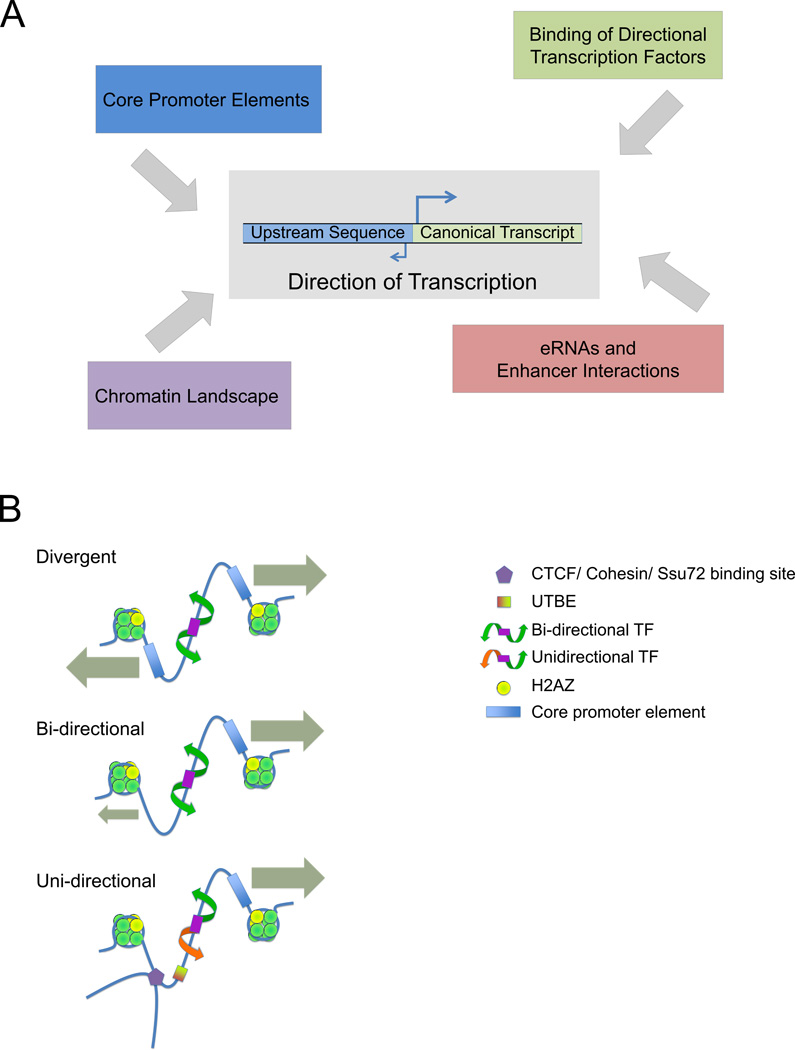Figure 1. Key Figure. The determinants of directionality.
(A) The different factors that go into establishing directionality at a transcriptionally permissive site. (B) Contributors to divergent and unidirectional transcription located within an NDR. For outward-facing, head-to-head coding genes, most transcripts arise from two separate core promoter elements. Bidirectional transcription from a single core element may be characterized by unstable transcripts in the antisense direction in the case of coding genes, and in both directions in the case of enhancers. Finally, a subset of promoters show predominantly unidirectional transcription. As the majority of TFs have bidirectional activities, the number of truly unidirectional promoters may be relatively small. These categories may overlap and vary depending on differential conditions and tissue types. In each case, the presence or absence of transcription is subject to secondary regulation including TF expression and binding, CTCF and cohesin mediated looping, Ssu72 mediated 5’ to 3’ gene looping, and modifications to H2A.Z which may further promote or antagonize the progression of RNA Pol II.

